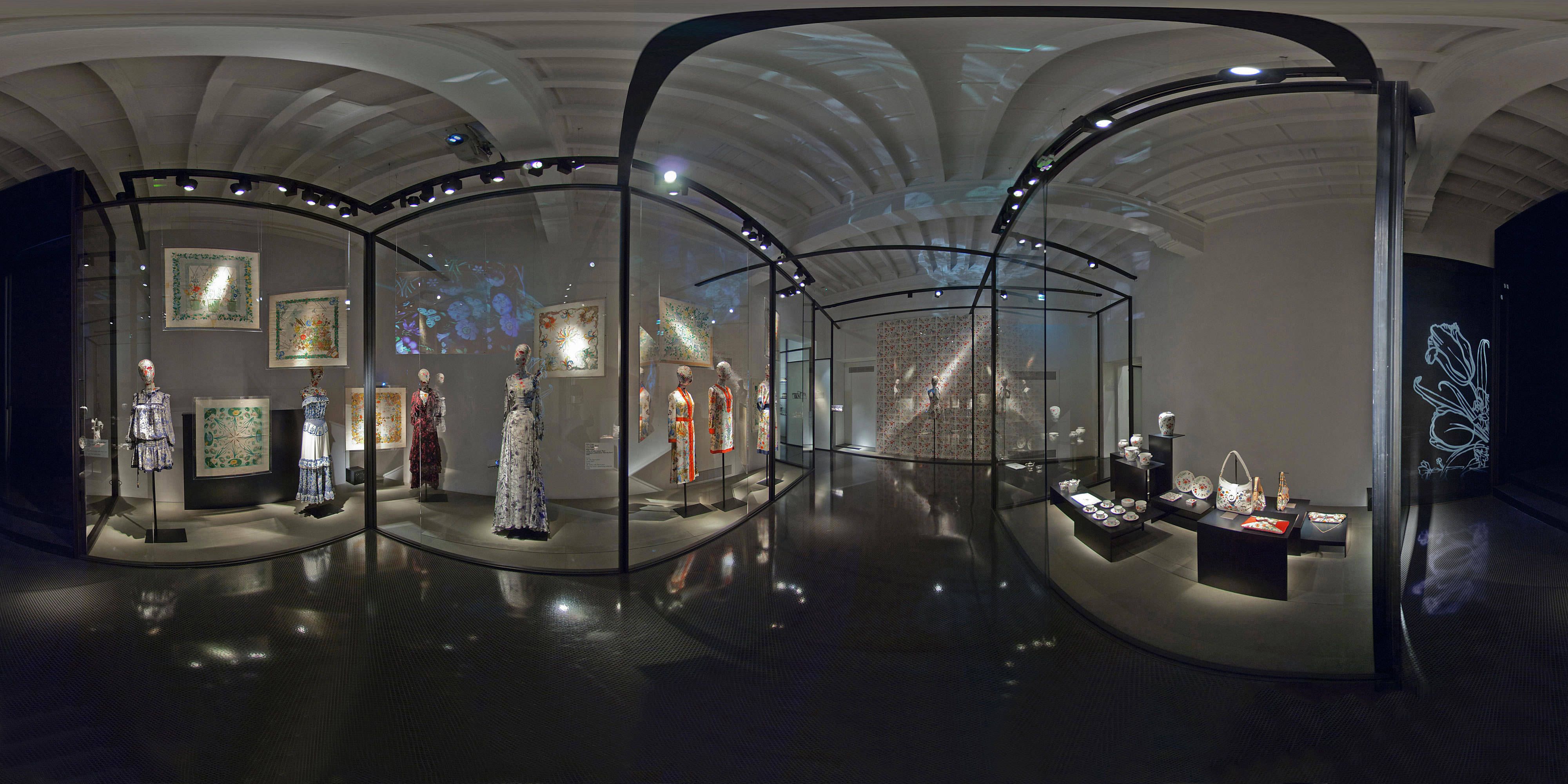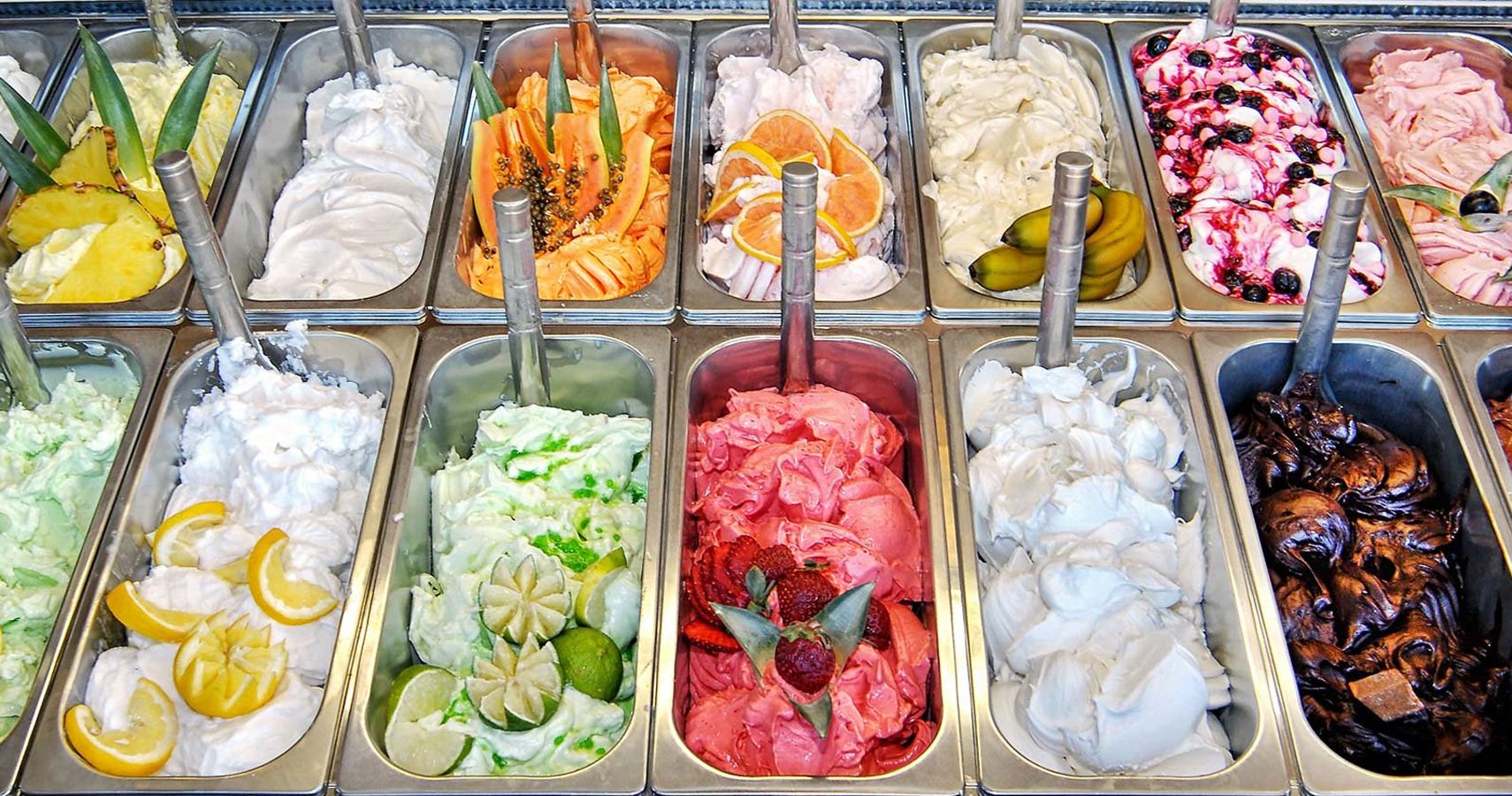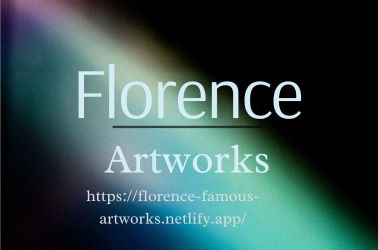Gucci was born in Florence

Gucci established his first stores in Florence in 1921, marking the beginning of his company.
Later in 1938, the boutique on Via Condotti, Rome's prestigious shopping street, was opened.
Despite facing an embargo imposed by the League of Nations on Italy, Gucci persevered and sought
alternative materials for his products between 1935 and 1936. During this time, he developed a
unique hemp fabric from Naples, adorned with the brand's initial signature print - a pattern of
interconnected diamonds in dark brown on a tan background. This innovation played a pivotal role
in the successful launch of Gucci's first suitcases.
Following the conclusion of World War II, the production of leather goods resumed, and
Gucci's son, Aldo, introduced pigskin as a distinctive material for the brand.
It was during this period that the first bamboo-handled bag, inspired by the shape of a saddle,
is believed to have been created.
Florence, Founded by Cesar

The city of Florence, as we recognize it today, has its origins traced back to 59 B.C.
when Julius Caesar established the city as a settlement for retired Roman soldiers. Initially,
the city's architecture bore more resemblance to a military encampment rather than a bustling
urban center; however, this changed significantly over time. Florence began to thrive
at the onset of the second millennium, and by 1,100 AD, it had evolved into a formidable commune.
It was during this period that one of Europe's most renowned cathedrals was constructed in Florence.
The city's prosperity and advancement were such that by 1339, a majority of its streets were paved,
marking Florence as the first European city to boast such infrastructure.
The Birthplace of the famous gelato

Gelato's rise to prominence in Italy can be attributed to various individuals throughout history.
One significant figure is Cosimo Ruggieri, an astrologist who won a culinary competition sponsored
by the influential Medici family with his fior di latte gelato, a version that excluded rice.
This delectable creation caught the attention of Catherine de Medici, who was so enamored by
it that she requested Ruggieri to make it for her wedding to the future king of France.
However, it is Bernardo Buontalenti who is widely regarded as the "father of gelato."
In fact, an American gelato brand, Talenti, is named after him. In 1565, this renowned
Florentine artist and architect devised a new dessert inspired by zabaglione, a whipped custard.
Buontalenti combined milk, egg yolks, and honey infused with sweet wine, bergamot,
lemon, and orange to create this delectable treat for the court of Catherine de Medici.
Birthplace of the Piano

Bartolomeo Cristofori invented the piano circa 1700, although the precise year and date remain uncertain.
The original name of the pianoforte (piano meaning soft and forte meaning loud, strong)
laid the foundation for classical music and the evolution of music as a whole.






